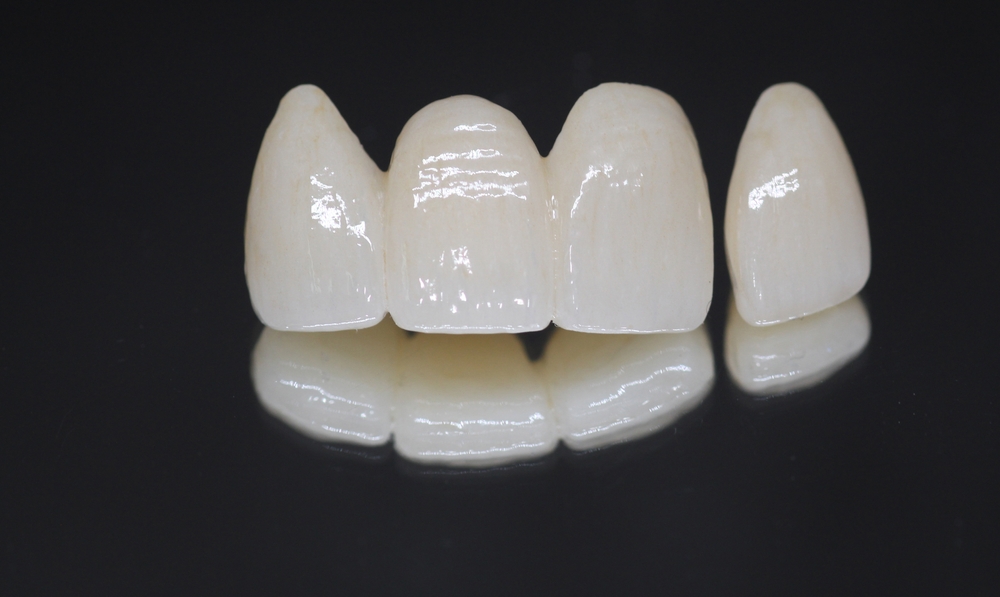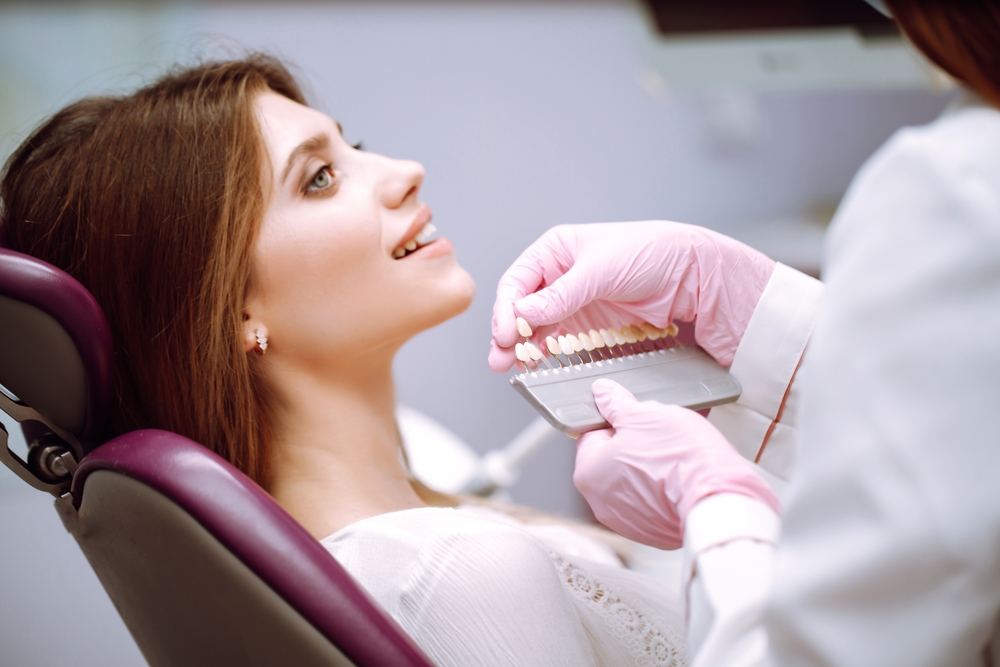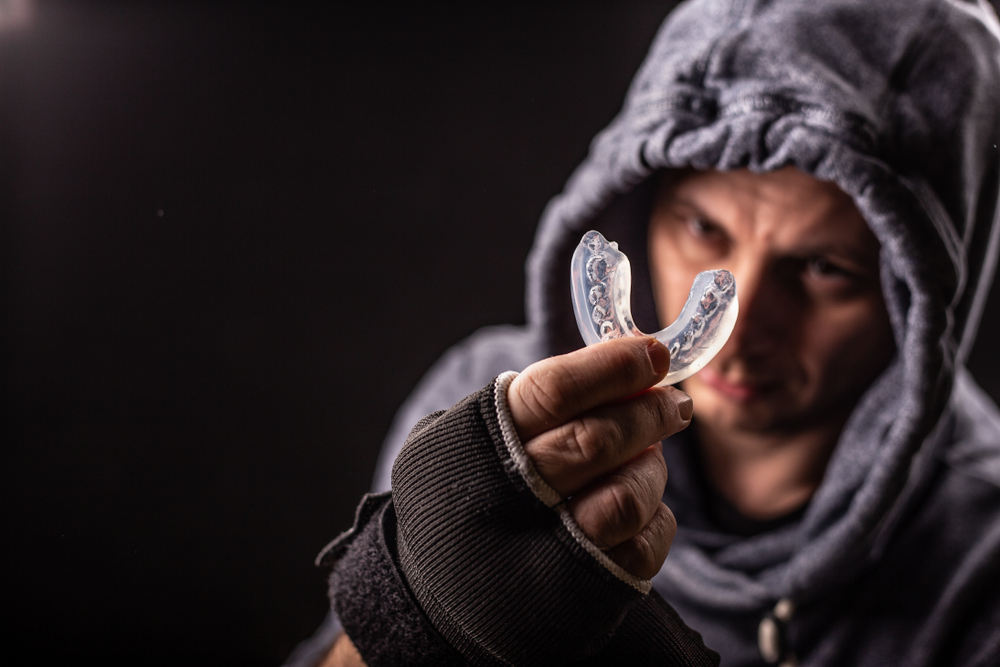Dental restorations have come a long way since the days of gold crowns and amalgam fillings. As technology and research progress, the materials we use to restore teeth have evolved to not only be more aesthetic and functional but also to actively promote healing and integration with the body. Enter bioactive dental materials. These innovative materials are designed to interact with the body in a beneficial way, leading to improved outcomes for patients. In this blog, we’ll delve into the benefits of using bioactive dental materials in dental restorations.
What are Bioactive Dental Materials?
Bioactive dental materials are a category of dental materials that interact with the biological environment, specifically the oral tissues, in a beneficial manner. Unlike traditional dental materials that are passive and simply act as fillers or replacements, bioactive materials play an active role in the dental environment. Here’s a deeper dive into what they are and how they function:
Interaction with Living Tissue
Bioactive materials are designed to form a direct bond with living tissue. This bond can be both physical and chemical, ensuring a strong connection between the material and the tooth or surrounding tissues.
Release of Beneficial Ions

One of the defining characteristics of bioactive dental materials is their ability to release ions, such as calcium, phosphate, and fluoride. These ions play a crucial role in the remineralization process, helping to strengthen tooth structure and reduce the risk of further decay.
Stimulating Biological Responses
Bioactive materials can stimulate certain biological responses in the surrounding tissues. For instance, they might promote the deposition of hydroxyapatite, the primary mineral component of tooth enamel, on their surface when in contact with physiological fluids. This can aid in the repair and regeneration of dental tissues.
Types of Bioactive Dental Materials
There are various types of bioactive materials currently in use or under research in dentistry:
- Glass Ionomer Cements (GICs): These are already well-known for their ability to release fluoride ions, which can help in preventing dental caries.
- Bioactive Composites: These are newer materials that combine the benefits of traditional composite resins with the bioactivity of certain added components, often releasing calcium and phosphate ions.
- Calcium Silicate Cements: Often used in endodontics, these materials can promote the formation of mineralized tissue and have antibacterial properties.
- Bioactive Ceramics: These include materials like bioglass and hydroxyapatite, which can bond to bone and might be used in dental implantology or bone grafting procedures.
Applications in Dentistry
Bioactive materials have a wide range of applications in dentistry:
- Direct Restorations: Fillings for cavities, especially in areas prone to recurrent decay.
- Pulp Capping: Protecting the dental pulp (nerve) when it’s exposed or nearly exposed during cavity removal.
- Root Canal Treatments: Used as sealers or filling materials.
- Bone Grafting: In cases where bone regeneration is needed, such as before placing dental implants.
The Benefits of Bioactive Dental Materials
Promotion of Natural Healing
Bioactive materials are designed to interact with living tissues. When used in dental restorations, they can stimulate the body’s natural healing processes. This means that the surrounding dental tissues can regenerate and heal more effectively, reducing the risk of post-operative complications and promoting long-term oral health.
Release of Essential Minerals
One of the standout features of bioactive dental materials is their ability to release essential minerals like calcium, phosphate, and fluoride. These minerals play a crucial role in remineralizing tooth structure, strengthening it, and making it more resistant to decay. This continuous release can help in maintaining the health of the tooth and its surrounding tissues.
Sealing the Margin

A common issue with dental restorations is the potential for micro-leakage at the margins where the restoration meets the natural tooth. Bioactive materials can form a natural seal, reducing the risk of bacteria infiltrating these margins. This can lead to fewer secondary cavities and a longer lifespan for the restoration.
Biocompatibility
Bioactive materials are designed to be compatible with the body’s natural tissues. This reduces the risk of allergic reactions, sensitivities, or other adverse reactions that can sometimes occur with other dental materials.
Aesthetically Pleasing
Modern bioactive materials are not only functional but also aesthetically pleasing. They can be matched to the natural shade of the patient’s teeth, leading to restorations that are virtually indistinguishable from natural tooth structure.
Potential for Reduced Sensitivity
Post-operative sensitivity can be a concern with dental restorations. The properties of bioactive materials, especially their ability to form a natural seal and release beneficial minerals, can help in reducing the risk of sensitivity after a restoration.
Durability
While the primary focus of bioactive materials is their interaction with living tissues, they also offer durability. When properly placed and cared for, restorations made with bioactive materials can last for many years, providing both health benefits and value for money.
In Conclusion
The introduction of bioactive dental materials represents a significant step forward in the field of restorative dentistry. By actively promoting healing, releasing essential minerals, and offering a range of other benefits, these materials are set to revolutionize the way we think about dental restorations. As research continues and these materials become even more refined, patients can look forward to restorations that are not only functional and beautiful but also actively contribute to their oral health.




